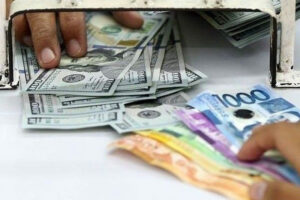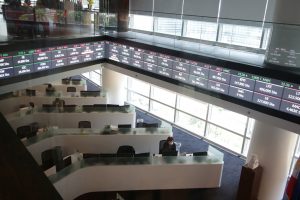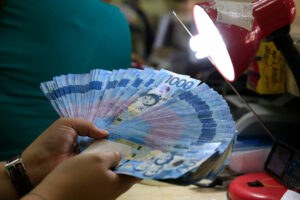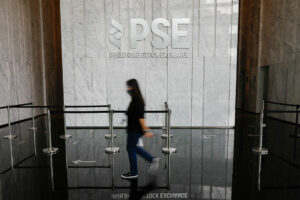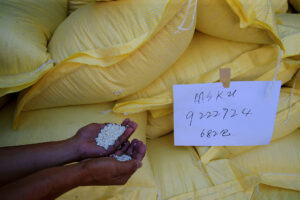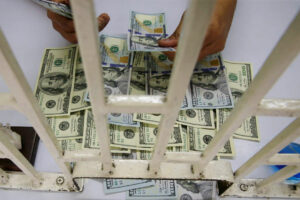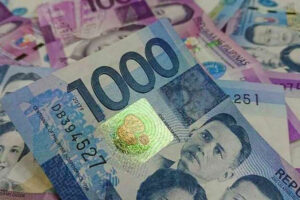The peso rebounded on Wednesday as the dollar was hit by the US government’s shutdown.
The local unit closed at PHP 58.12 versus the greenback, rising by 7.6 centavos from its PHP 58.196 finish on Tuesday, Bankers Association of the Philippines data showed.
The peso opened Wednesday’s session sharply weaker at PHP 58.40 versus the dollar, which was also its worst showing for the day. Meanwhile, its intraday best was at PHP 58.08 against the greenback.
Dollars exchanged went up to USD 1.72 billion on Wednesday from USD 1.69 billion on Tuesday.
The peso strengthened as the dollar was dragged by the US government’s shutdown after lawmakers failed to pass a spending plan, Rizal Commercial Banking Corp. Chief Economist Michael L. Ricafort said in a Viber message.
The dollar sank to a one-week low against major currencies on Wednesday as a US government shutdown unsettled markets and threatened to delay key jobs data, seen as crucial for Federal Reserve policy decisions, Reuters reported.
The shutdown commenced hours after the Senate rejected a short-term spending measure that would have kept government operations afloat through Nov. 21.
Senate Republican Leader John Thune said the chamber would vote again on the House-passed measure on Wednesday. The Senate was due to convene at 1400 GMT.
The dollar index, which tracks the US currency against six major peers, slipped 0.2%. The price action across the broader markets bore a few hallmarks of safe-haven buying, giving low-yielding currencies such as the Japanese yen and the Swiss franc a bid, while US Treasuries and gold held firm.
The dollar was down 0.5% against the yen, around its weakest in two weeks, while losing around 0.2% against the Swiss franc, another traditional safe haven.
US President Donald J. Trump warned congressional Democrats on Tuesday that letting the federal government shut down would allow his administration to take “irreversible” actions including closing program important to them.
The US Labor and Commerce departments said their statistics agencies would halt data releases in the event of a partial shutdown. That includes Friday’s scheduled nonfarm payrolls release, considered key in determining whether a Fed rate cut is likely at the end of this month.
On Tuesday, a mixed reading for the Bureau of Labor Statistics’ Job Openings and Labor Turnover Survey, or JOLTS, pressured the dollar. The report showed US job openings increased marginally in August while hiring declined, consistent with a softening labor market.
In the absence of official data, more emphasis will fall on private-sector economic indicators. The ADP employment report was due later on Wednesday.
A trader said in an e-mail that the peso’s rise was also supported by expectations of a “potentially downbeat” private payrolls report from ADP.
For Thursday, the trader said the peso could move between P57.95 and P58.20 per dollar, while Mr. Ricafort said it could range from PHP 58 to PHP 58.25. — Aaron Michael C. Sy with Reuters







 DOWNLOAD
DOWNLOAD




